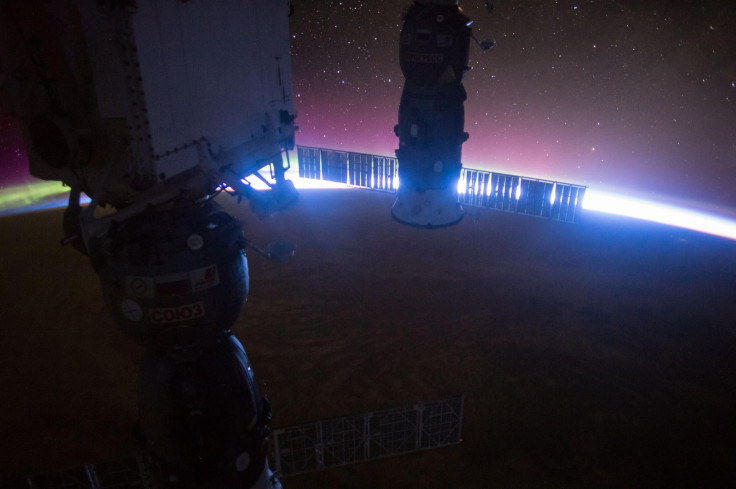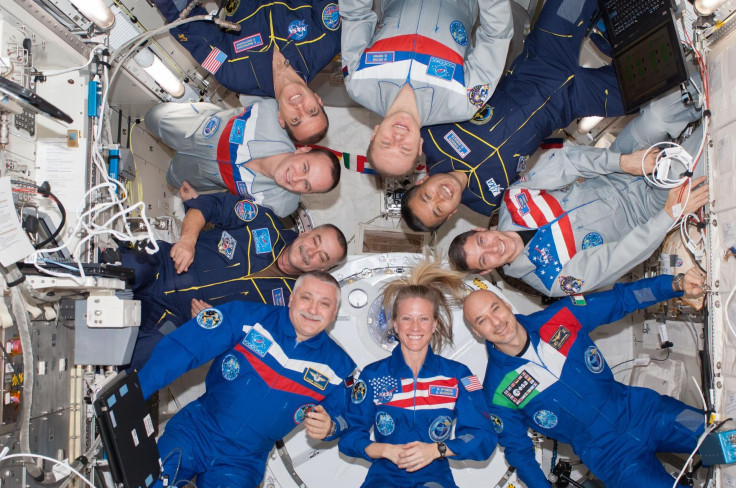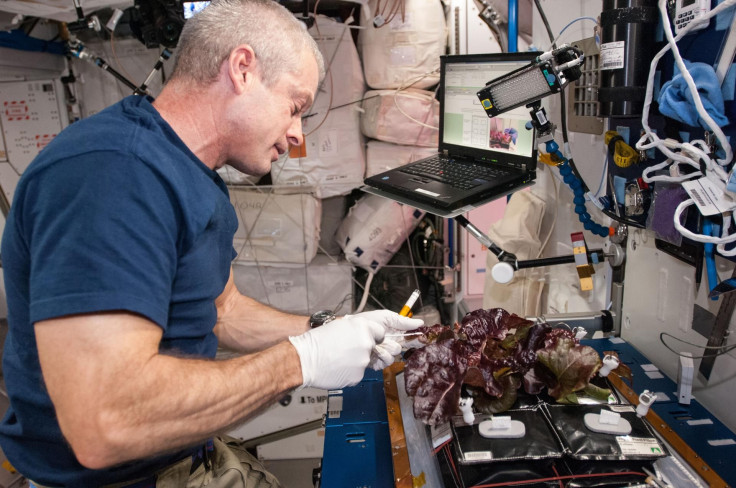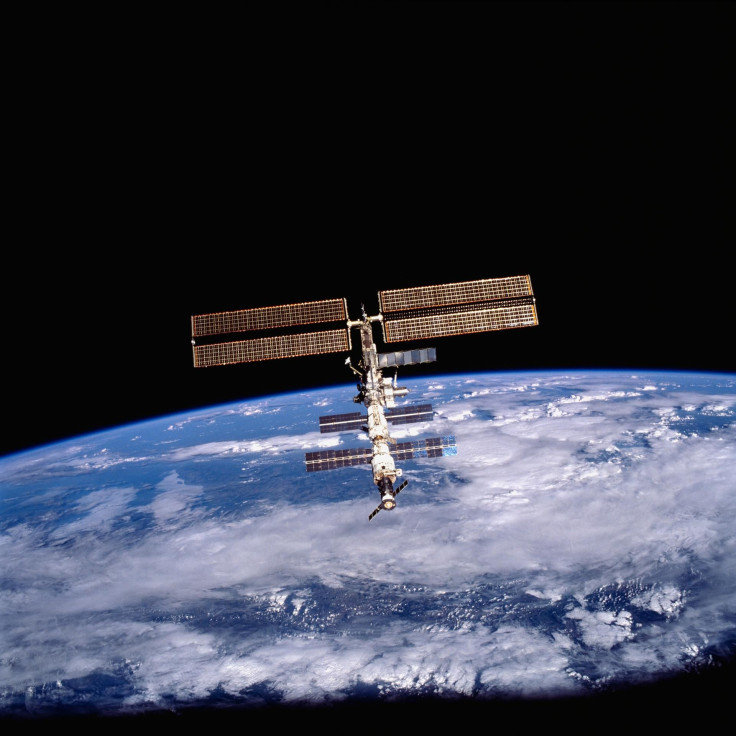Photos: Happy Birthday To The International Space Station

The International Space Station celebrated a big birthday Wednesday. Dec. 6 marked 19 years since the first two pieces of the station were put together and the station began to take shape.
The first two pieces of the station were from different countries: the United States-made node called the Unity, and the Russian-made Zarya module, were stuck together in orbit around the Earth where they remained today. NASA’s History Office tweeted about the anniversary on Wednesday and included a photo of the two pieces of the station.
#HappyAnniversary to the @Space_Station! #OTD in 1998, day one of assembly of the ISS began when the U.S.-built Unity node and the Russian-built Zarya module joined in orbit. #19YearsStrong pic.twitter.com/og57ZBYFkp
— NASA History Office (@NASAhistory) December 6, 2017
The joining of the two modules marked the start of the construction of the orbital lab in space that has since been in orbit for nearly 7,000 days. Since 2000 when the first crew arrived, more than 200 people have been on board the station, and the station has never been empty of people in that time period.

The station weighs more than 925,000 pounds and the solar array covers the same amount of space as eight basketball courts. It’s equipped with everything the astronauts need to live including two bathrooms and a gym, as well as sleeping quarters and more than 50 computers that control the station.

To get a better idea of all of the modules and the parts of the station, watch this video tour astronaut Jack Fischer made before he returned home from the station. The tour starts in the Japanese part of the ISS, where many of the on-board experiments happen, and continues through the station. Fischer completes the tour with a high five from his fellow crew member.
Wonder what it’s like up here? Come with me on a tour of the @Space_Station! This incredible lab has been my home for the past 4 months. pic.twitter.com/dg8IlJ2rab
— Jack Fischer (@Astro2fish) August 20, 2017
The massive station sits in orbit about 220 miles above the Earth traveling at a speed of more than 17,000 miles per hour, making about 16 orbits of the Earth a day. It has the same internal pressurized space that a Boeing 747 does.
There is always a minimum of three people on the station. Up to six people can fit in the sleeping quarters, but it can handle up to nine people at a time if necessary. Usually, the crews change out in groups of three.

Life on the ISS is quite different than life on Earth due to the lack of gravity and natural resources. Astronauts have to rely on supply deliveries from Earth for water and food deliveries, through the water in the station is recycled regularly for drinking and bathing. Astronauts also have to get used to consuming their water differently than on Earth, in space it forms in to small spheres and globes of water. Canadian astronaut Chris Hadfield explained how water works in a zero gravity environment in the video below.
The station has essentially been a floating lab for science for the last 19 years and discoveries about astronaut health in space, plant growth, diseases and more have all been made in that time.

The station can be seen from Earth with the naked eye. If you're hoping to feel a bit more connected to the people orbiting the planet and conducting some important space research, you can look up when the station will pass by where you live. It's easy enough to spot: it travels faster than a plane but slower than a shooting star, and it gives off a constant light as it reflects the sun.

© Copyright IBTimes 2024. All rights reserved.




















